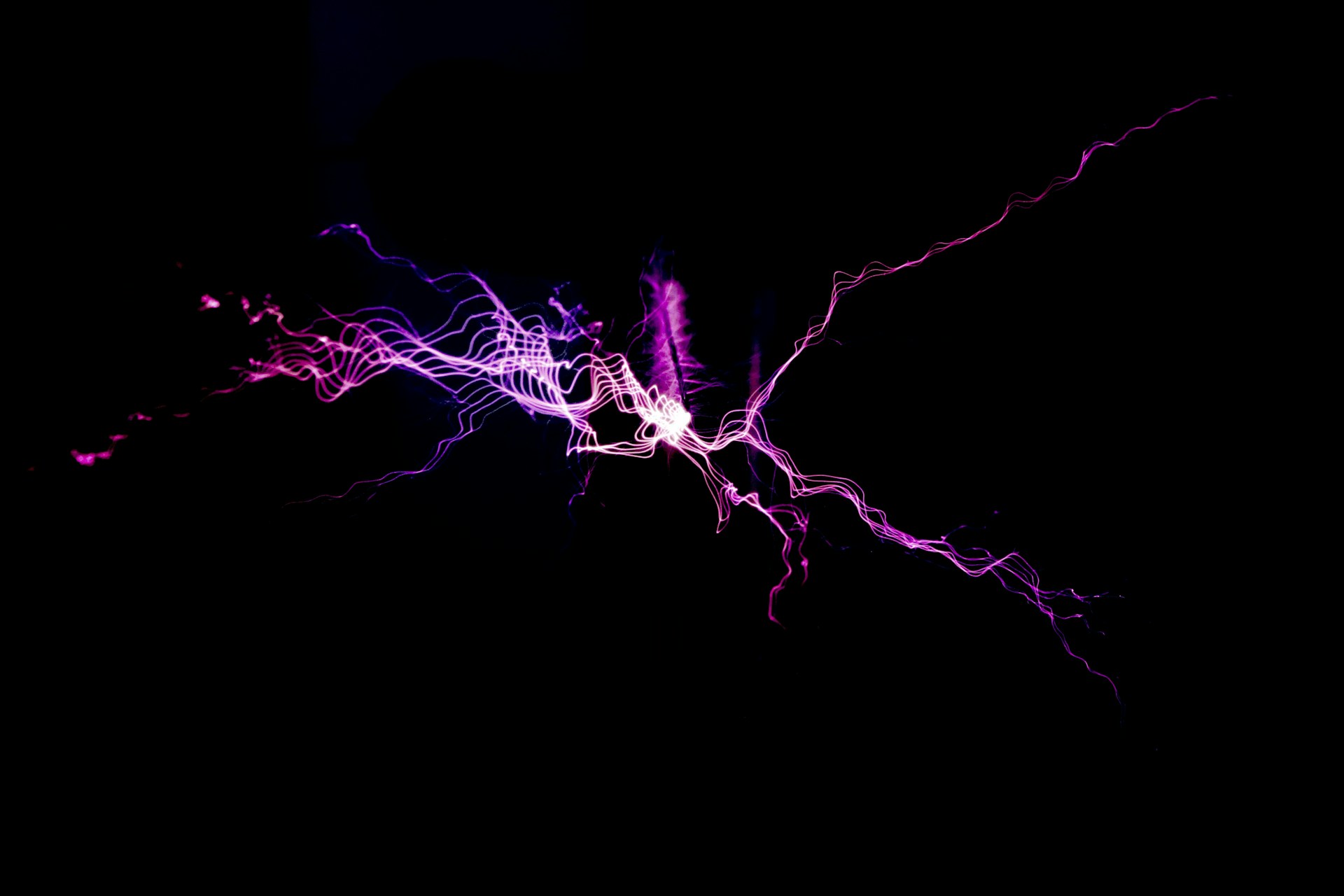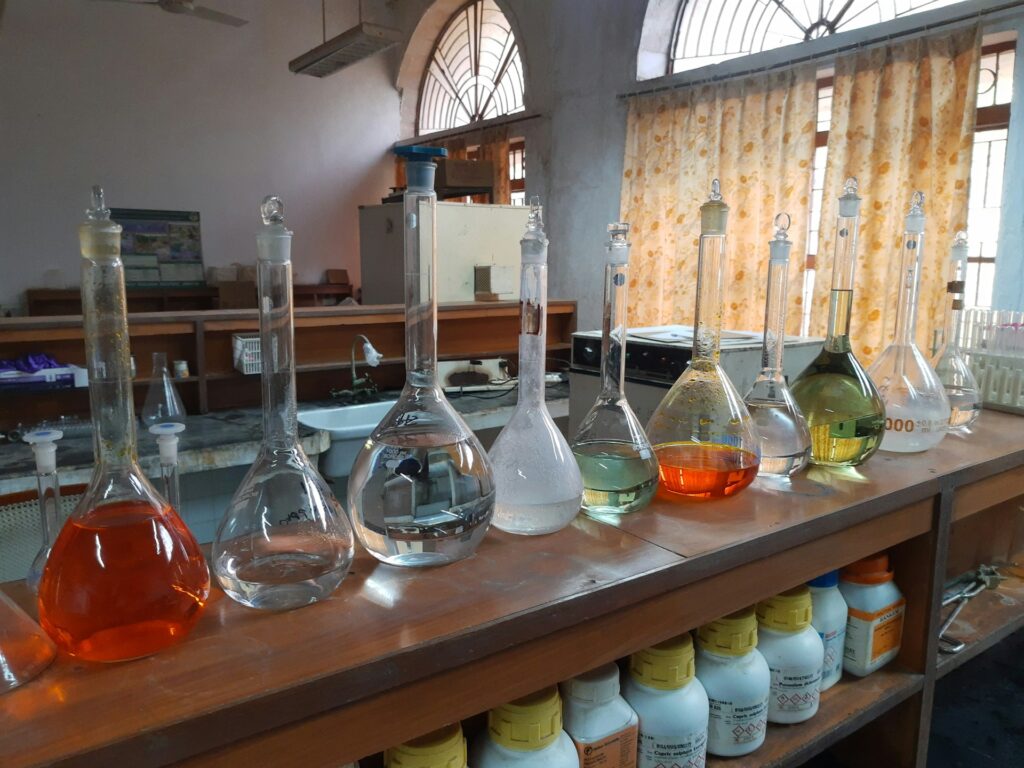Professor Elijah Thimsen and his laboratory at the McKelvey School of Engineering have demonstrated a new route for converting carbon monoxide (CO) into organic acids using non-thermal atmospheric plasma in aqueous solution. Their results suggest that CO, rather than carbon dioxide, offers significantly better yields for producing useful acids like oxalic and formic acid.
Sudagar, A. J., Drebes, P., & Thimsen, E. (2025). Non-thermal atmospheric pressure plasma–liquid synthesis of organic acids in aqueous solution from carbon monoxide. Green Chemistry, 27(36), 11055–11064. https://doi.org/10.1039/D5GC02035B
The direct conversion of carbon dioxide (CO₂) to chemicals has long been a target in carbon capture and utilization. But CO₂ is chemically stable, making direct catalysis or electrochemical transformation challenging. Thimsen’s team, with lead contributions from staff scientist Alcina Johnson Sudagar and coauthor Piper Drebes, report that using CO as the input gas under plasma-liquid conditions yields much higher concentrations of organic acids under comparable operating conditions.
Professor Elijah Thimsen from Washington University in St. Louis stated,
“Thermodynamic calculations revealed that the synthesis of organic acids from carbon monoxide is an exothermic and endergonic process, while their decomposition is endothermic and exergonic. Therefore, to maximize the yield of these organic acids, it was essential to decrease the reaction temperatures. Additionally, the production of organic acid intermediates was significantly enhanced under alkaline conditions, indicating a pH-dependent reaction mechanism.”
Under matched plasma and solution conditions, CO produced more than 15× higher organic acid conversion compared to CO₂. The plasma environment activates CO and enables sequential reaction pathways, including water–gas shift intermediates, to generate dissolved CO₂, hydrogen, and organic acid intermediates. The researchers found that lowering the reaction temperature (via cooling) enhanced acid yields, and that alkaline pH favored formation of oxalate over formate. At optimal conditions (1 mM NaOH, moderate cooling), the reported maximum yields were ~122 mg L⁻¹ for oxalate and ~77 mg L⁻¹ for formate.
One key insight is that the plasma–liquid system alleviates the need for extreme pressures or high temperatures and bypasses the necessity for catalysts or activators. By delivering energetic electrons and reactive radicals directly at the plasma–liquid interface, the system drives reactions that are otherwise difficult under conventional methods. The authors argue this makes the pathway more scalable and attractive for sustainable carbon transformation.
There are still challenges to address. The current system is proof of concept rather than industrial scale. Optimizing conversion efficiency, managing side products, ensuring electrode and reactor stability, and handling feedstock purity are all steps toward commercialization. Moreover, integrating CO₂-to-CO conversion (e.g. via electrochemistry or plasma splitting) with this CO-to-acids scheme in a continuous, coupled system will be essential to realize a complete upcycling chain. Other plasma-based strategies; such as plasma chemical looping of CO₂; are being explored by related research groups as complementary or alternative routes to CO₂ valorization.
This work draws attention to the possibility that intermediate conversion of CO₂ into CO, followed by activated plasma and liquid-phase chemistry, could outperform direct approaches to CO₂ valorization. If refined and scaled, it may open a pathway toward more efficient use of captured carbon and the generation of valuable chemical products.

Adrian graduated with a Masters Degree (1st Class Honours) in Chemical Engineering from Chester University along with Harris. His master’s research aimed to develop a standardadised clean water oxygenation transfer procedure to test bubble diffusers that are currently used in the wastewater industry commercial market. He has also undergone placments in both US and China primarely focused within the R&D department and is an associate member of the Institute of Chemical Engineers (IChemE).



